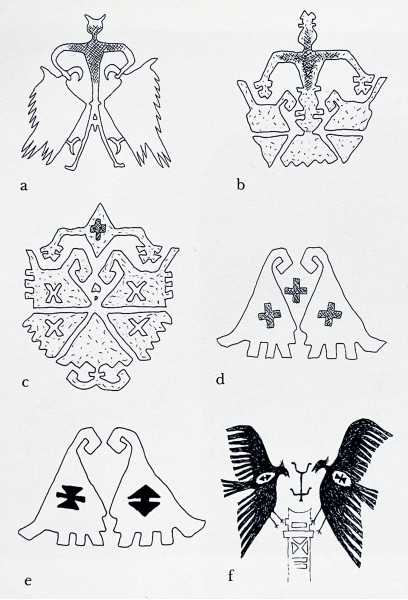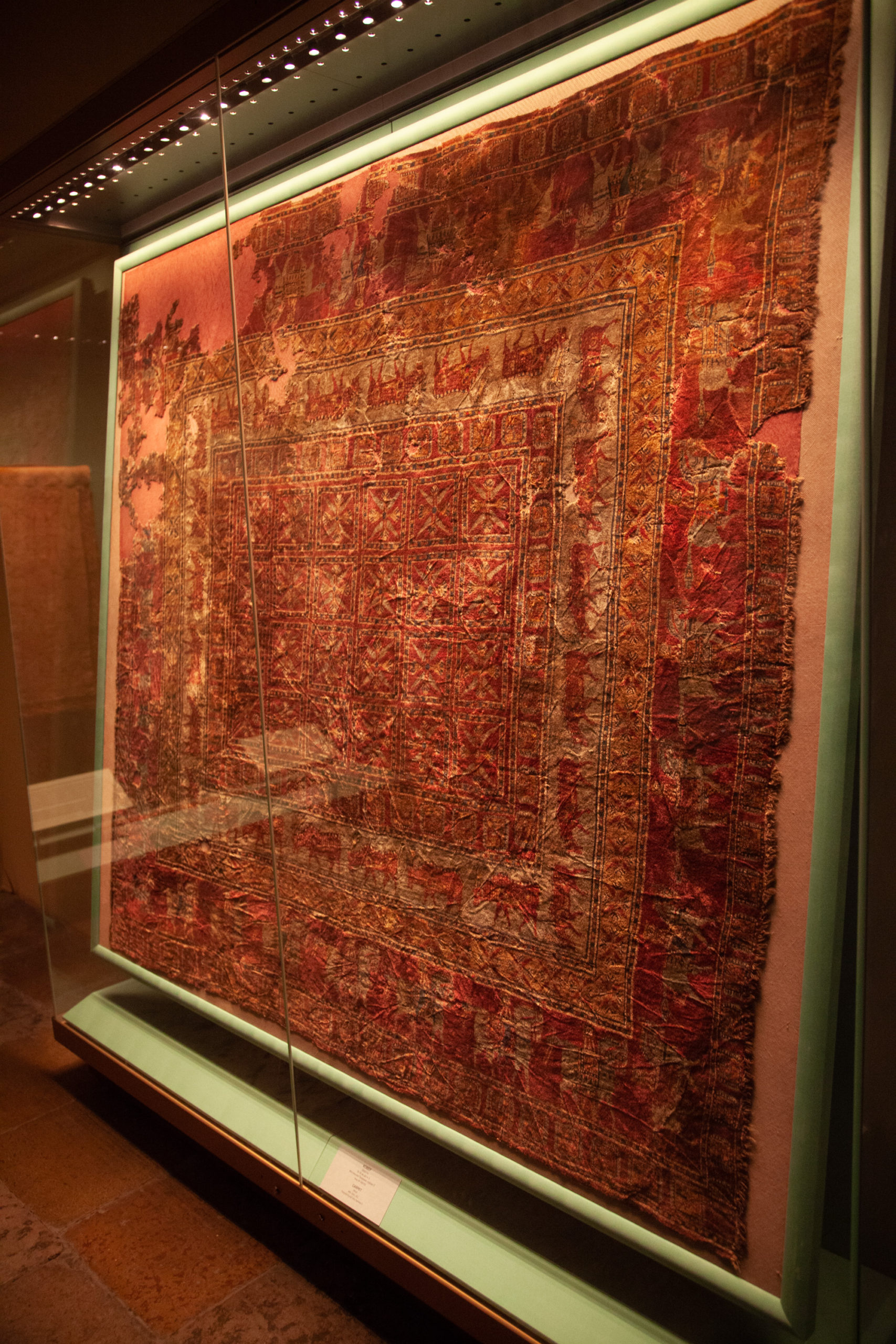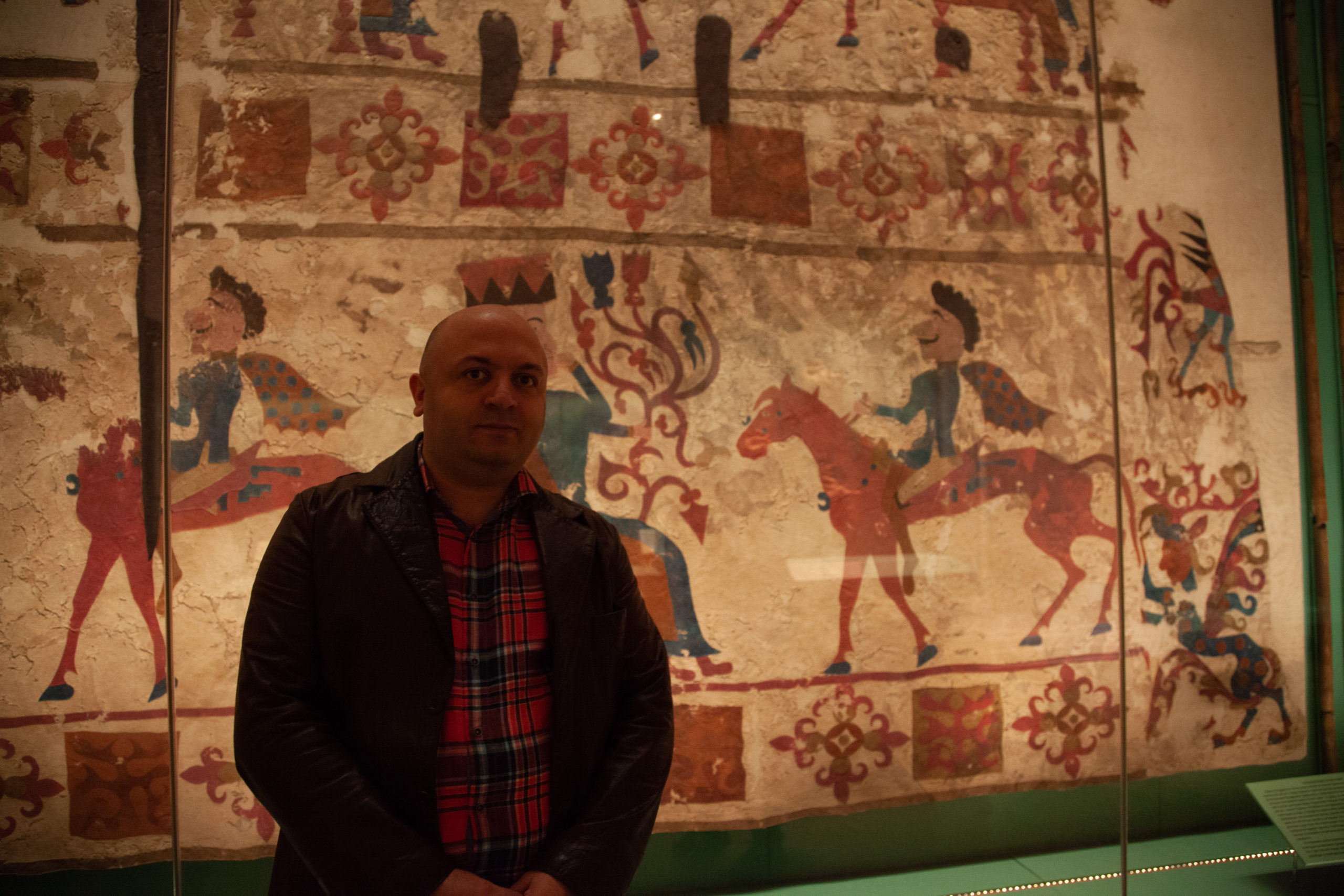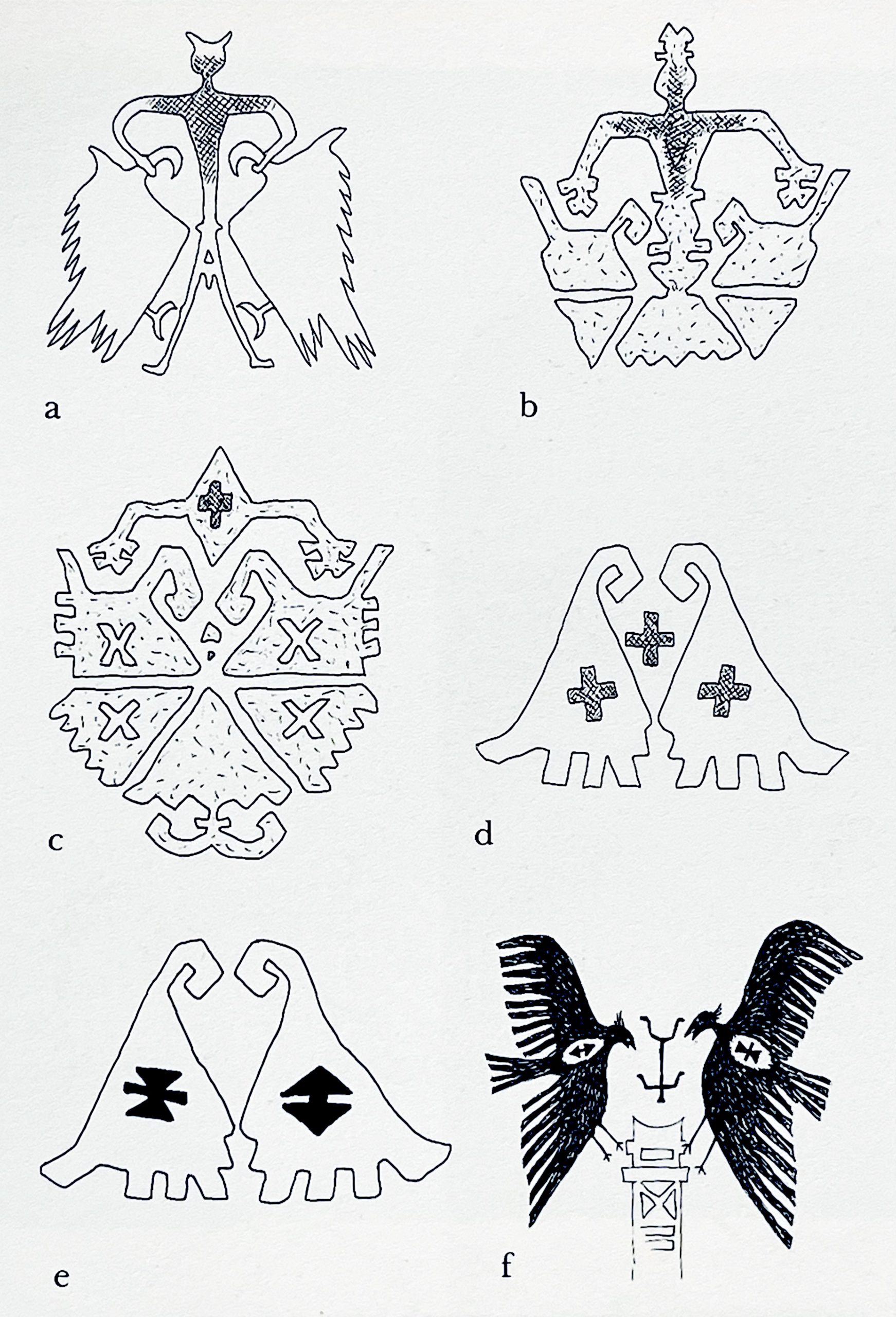
Carpets have a long history dating back to ancient civilizations. Carpets have been used for various purposes throughout history, including floor covering, insulation, and decoration. They have also been used in religious and ceremonial contexts for practical and decorative purposes. Some carpets are weaved and used by nomads/villagers, while others are weaved in workshops for courtyards, palaces, or mosques with different purposes and symbolism.
In many cultures, carpets have also been used to convey symbolic meaning, with specific designs and patterns representing different ideas or beliefs. The earliest known carpet was discovered in the Pazyryk Valley and is believed to date back to the 4th century BC. The ancient Persians, Greeks, and Romans also had a rich tradition of carpet-making. In the Middle Ages, carpet-making flourished in the Islamic world, with famous production centers in Persia, Turkey, and Egypt. Carpets were also made in Europe during this time but were not as highly developed as those in the Islamic world. During the Renaissance, European carpet-making began to flourish, and by the 18th century, the Industrial Revolution led to the mass production of carpets.
The Pazyryk rug is one of the oldest carpets in the world, dating around the 4th to 3rd centuries BC. It is now in the Hermitage Museum in St. Petersburg, Russia. The Pazyryk rug was found in 1949 in the grave of a Scythian nobleman in the Bolshoy Ulagan dry valley of the Altai Mountains in Kazakhstan. The Pazyryk rug had been frozen in the ice and well preserved. The carpet has a ribbon pattern in the middle and a border with deer and warriors riding on horses. All parts of the rug are made of wool, including the pile and the base.
Being produced either in Ancient Armenia, Persia, or Central Asia, this carpet has 3600 symmetrical double knots per dm² (232 per inch²), in modern terminology also called “Ghiordes knot (or “Turkish knot”). The design and recurring motifs of the Pazyryk Rug would later be found in similar Turkmen carpets, early Seljuq period carpets, and modern Turkish carpets and kilims.
The Pazyryk rug is probably the oldest surviving pile carpet in the world, and the origin of the rug is still unknown. Still, more than its origin, this rug shows us the symbolism of the carpets, a settled civilization with highly skilled weaving techniques and a mysterious history.


Our CEO, Hakan KARAR, at Hermitage Museum, St. Petersburg, while examining Pazyryk Rug and tapestries
Carpets and rugs often have symbolic meanings in the cultures where they are made. In many traditional cultures, carpets and rugs were used to tell stories, convey religious or spiritual messages, and convey social and cultural values.
In Islamic cultures, carpets and rugs often feature geometric patterns and intricate designs that symbolize the unity and harmony of the Islamic faith, the infinite, and the unity of God. The use of geometric patterns and designs in Islamic carpets also reflects the belief in the mathematical and cosmic order of the universe. For example, in Islamic culture, carpets and rugs often feature geometric patterns and calligraphy, symbolizing religious verses from the Quran or the names of Allah.
In the traditional nomadic cultures of Central Asia, carpets and rugs were often adorned with symbols and motifs that held specific meanings. Central Asian traditional carpet and rug designs frequently feature images of animals and plants, which can symbolize the natural environment in which they lived. For example, the “Tree of Life” symbol on these rugs represents the connection between heaven and earth and the continuity of life. The “Evil Eye” motif is believed to protect the owner from bad luck and negative energy.
In Chinese culture, carpets and rugs symbolize wealth, power, and status. They were often adorned with auspicious symbols, such as dragons and phoenixes, believed to bring good luck and prosperity.
In many cultures, the colors used in carpets and rugs also held symbolic meaning. For example, red symbolizes happiness and prosperity in Chinese culture, while blue is often associated with heaven and spiritual purity in Islamic culture.
Some common symbols found in carpet designs include geometric patterns, representing the universe or the natural world; floral patterns, often associated with fertility and growth; and animal figures, which may symbolize strength or protection. Specific colors or combinations of colors may also hold symbolic meaning, such as red representing life and energy and blue symbolizing the heavens or the spiritual realm.
Overall, carpets and rugs are often rich in symbolism and meaning, reflecting the cultural and historical context in which they were made. The symbols used in carpet designs are deeply rooted in the cultural and historical context of the people who created them and can offer a glimpse into the beliefs and values of past societies.

The Anatolian kilim expresses a tradition dating back around nine thousand years: a tradition maintained by women without a break for hundreds of generations and almost up to our day, as we shall see. The technique has been handed down from mother to daughter over the centuries and throughout recorded history.
It is admirable that even the wall paintings buried underground and discovered lately were handed down from generation to generation through carpets and kilims even before they were found.
Fig. a) Çatal Hüyük. The stylization of the goddess gripping two vultures is a detail taken from a wall painting.
Fig. b) Stylization of the goddess gripping two vultures; detail taken from a kilim.
Fig. c) Stylization of the goddess gripping two vultures; detail taken from a kilim
Fig. d) Abstraction of the symbol of the goddess repeated in the lateral band of a nineteenth-century kilim.
The four images show how the progressive stylization of the body of the goddess, whose open arms form a cross, has led to the representation of a cross alone.
Fig. e) Symbol of the vultures repeated in the lateral band of a nineteenth-century kilim.
Fig. f) Çatal Hüyük. Detail with vultures taken from a wall painting dating from 6600 BC
Dario Valcarenghi’s Kilim History and Symbols Book, 1994, US Edition, page 21
